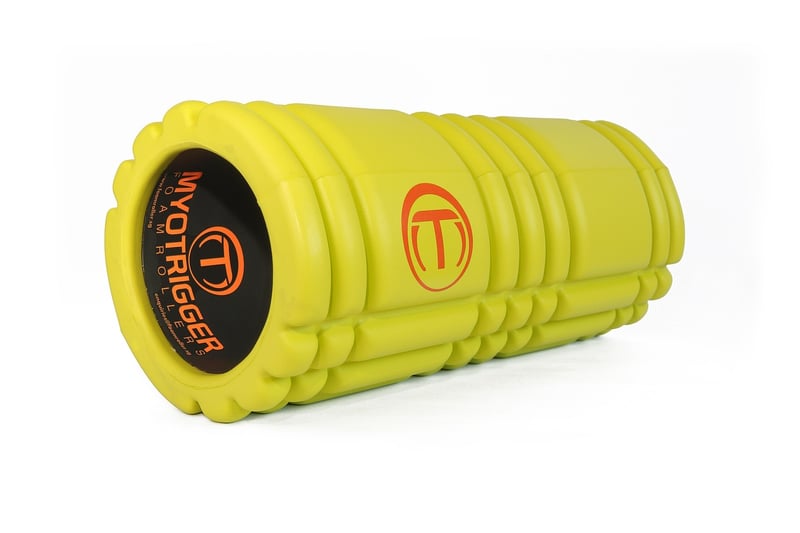Myofascial Release Practices
Relieve Tension and Improve Flexibility with Myofascial Release Practices
Myofascial release is a technique that focuses on releasing tension in the fascia, the connective tissue that surrounds muscles, bones, and organs. By practicing myofascial release, you can improve flexibility, reduce pain, and enhance overall well-being. Here are some effective myofascial release practices to help you achieve a more balanced and relaxed body.
1. Foam Rolling
Foam rolling is a popular myofascial release technique that involves using a foam roller to apply pressure to specific areas of the body. By rolling over tight muscles, you can break up adhesions in the fascia, improve blood flow, and increase flexibility. Make sure to roll slowly and focus on areas that feel tense or restricted.

2. Trigger Point Therapy
Trigger point therapy targets specific points of tension in the body known as trigger points. By applying sustained pressure to these points, you can release tightness in the muscles and promote relaxation. Use a lacrosse ball or massage ball to target trigger points effectively.

3. Stretching and Mobility Exercises
Incorporating stretching and mobility exercises into your routine can help improve flexibility and prevent muscle imbalances. Focus on dynamic stretches that move the body through its full range of motion to release tension in the muscles and fascia. Yoga and Pilates are also great practices to enhance flexibility and body awareness.

4. Self-Myofascial Release Tools
There are various tools available to aid in myofascial release, such as foam rollers, massage balls, massage sticks, and massage guns. These tools can help target specific areas of tension and facilitate the release of tight fascia. Experiment with different tools to find what works best for your body.

By incorporating myofascial release practices into your routine, you can experience improved flexibility, reduced muscle tension, and enhanced relaxation. Remember to listen to your body, start slowly, and gradually increase the intensity of your practice. Consult a healthcare professional before starting any new exercise routine, especially if you have existing health conditions or injuries.
Take the time to care for your body and prioritize your well-being with these myofascial release techniques. Your body will thank you for it!
